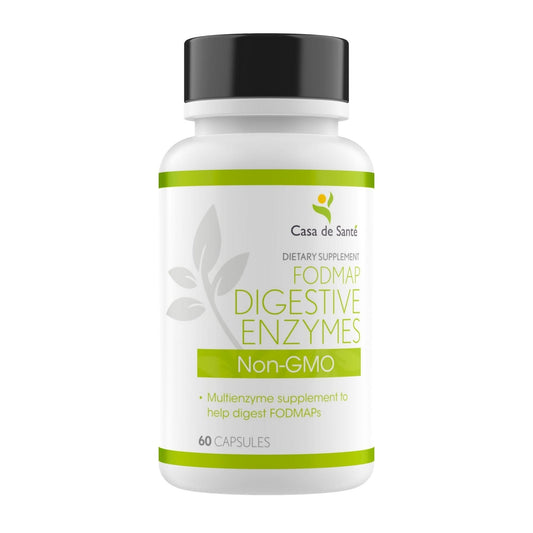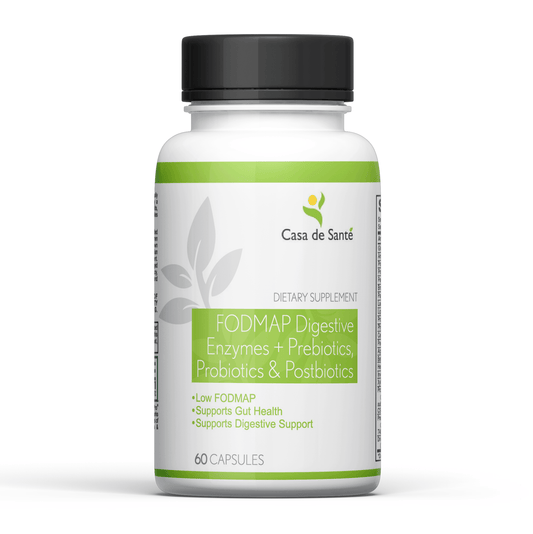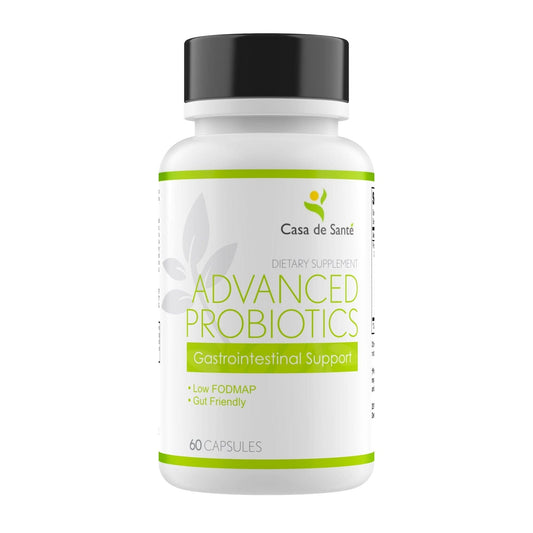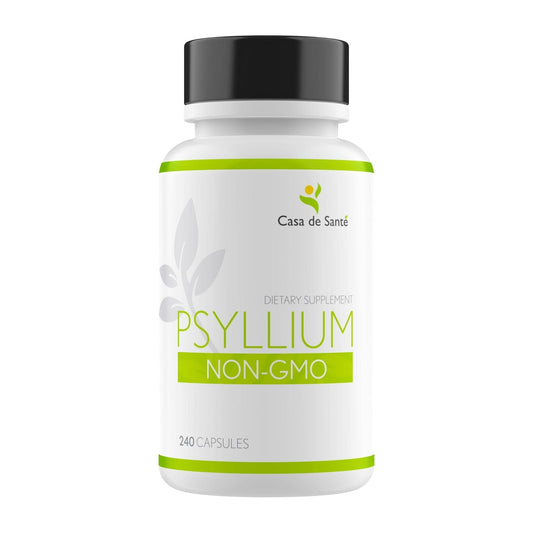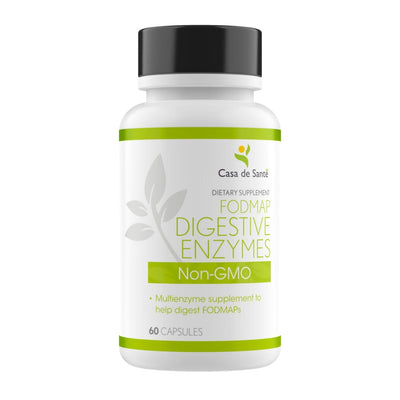The Ultimate Guide to Oligosaccharide Sweeteners: Benefits, Uses, and Safety
The Ultimate Guide to Oligosaccharide Sweeteners: Benefits, Uses, and Safety
In a world increasingly concerned with sugar consumption and its health implications, alternative sweeteners have gained tremendous popularity. Among these alternatives, oligosaccharide sweeteners stand out for their unique properties and health benefits. Whether you're managing diabetes, watching your weight, or simply trying to reduce your sugar intake, understanding these complex carbohydrates can revolutionize your approach to sweetening foods and beverages.
Oligosaccharides occupy that fascinating middle ground between simple sugars and complex carbohydrates, offering sweetness with additional functional benefits that refined sugar simply can't match. This comprehensive guide will walk you through everything you need to know about these remarkable sweeteners, from their chemical structure to practical applications in your kitchen.
What Are Oligosaccharide Sweeteners?
Oligosaccharide sweeteners are carbohydrates composed of short chains of sugar molecules, typically containing between 3 and 10 simple sugar units. The term "oligo" comes from Greek, meaning "few" or "little," referring to the number of sugar molecules in these compounds. Unlike simple sugars like glucose or fructose, oligosaccharides have more complex structures that affect how our bodies process them.
These sweeteners occur naturally in many foods including chicory root, Jerusalem artichokes, onions, garlic, and legumes. They can also be manufactured through enzymatic processes from natural sources like corn, milk, or soybeans. What makes them particularly interesting is their resistance to digestion in the upper gastrointestinal tract, allowing them to reach the colon where they serve as prebiotics.
Common Types of Oligosaccharide Sweeteners
Several types of oligosaccharides are used as sweeteners in the food industry, each with slightly different properties and benefits. Fructooligosaccharides (FOS) are among the most common, derived from chicory root or produced enzymatically from sucrose. They provide about 30-50% of the sweetness of table sugar while contributing fewer calories.
Galactooligosaccharides (GOS) are another important category, typically derived from lactose in milk. These compounds have gained attention for their ability to support beneficial gut bacteria and are often added to infant formula to mimic the prebiotic effects of human breast milk.
Isomaltooligosaccharides (IMO) derived from starch have been used in Asian countries for centuries and are now finding their way into Western markets. With approximately 50% of the sweetness of sucrose, they provide texture and mild sweetness while functioning as soluble fiber.
Chemical Structure and Properties
The unique molecular structure of oligosaccharides gives them their special properties. Unlike simple sugars with their single or double molecule structure, oligosaccharides contain glycosidic bonds that human digestive enzymes struggle to break down. This resistance to digestion means they pass through the small intestine largely intact, reaching the colon where gut bacteria can ferment them.
Most oligosaccharide sweeteners are water-soluble and provide bulk and texture to foods, making them excellent for replacing sugar in many applications. They typically have a clean, mild sweetness without the bitter aftertaste associated with some artificial sweeteners. Their stability at high temperatures also makes them suitable for baking applications, though their browning characteristics differ from traditional sugars.
Health Benefits of Oligosaccharide Sweeteners
The appeal of oligosaccharide sweeteners extends far beyond their ability to replace sugar. These compounds offer numerous health benefits that have captured the attention of nutritionists, food scientists, and health-conscious consumers alike. Their prebiotic properties are perhaps their most celebrated feature, but their benefits extend to several aspects of health.
Prebiotic Effects and Gut Health
Oligosaccharides function as prebiotics, essentially serving as food for beneficial bacteria in our gut microbiome. When these compounds reach the colon, bacteria like Bifidobacteria and Lactobacilli ferment them, producing short-chain fatty acids (SCFAs) such as butyrate, acetate, and propionate. These SCFAs nourish colon cells, reduce intestinal pH, and create an environment that favors beneficial bacteria over pathogenic ones.
Regular consumption of oligosaccharide sweeteners has been linked to improved digestive health, including reduced constipation, enhanced nutrient absorption, and strengthened intestinal barrier function. Some studies suggest they may help manage irritable bowel syndrome symptoms and reduce the risk of colorectal cancer through their positive effects on gut flora.
Blood Sugar Management
For individuals monitoring their blood glucose levels, oligosaccharide sweeteners offer significant advantages. With a lower glycemic index than refined sugar, they cause smaller spikes in blood glucose levels after consumption. This property makes them particularly valuable for people with diabetes or insulin resistance who need to carefully manage their carbohydrate intake.
Research indicates that certain oligosaccharides may actually improve insulin sensitivity over time, potentially helping to prevent type 2 diabetes when consumed as part of a balanced diet. Their ability to modulate the gut microbiome may play a role in this effect, as emerging research suggests strong connections between gut health and metabolic function.
Weight Management Support
With approximately half the calories of sugar (about 2 calories per gram compared to sugar's 4 calories per gram), oligosaccharide sweeteners can be valuable tools for weight management. Beyond simple calorie reduction, they may help regulate appetite through multiple mechanisms. The SCFAs produced during their fermentation stimulate the production of satiety hormones like GLP-1 and PYY, potentially reducing overall food intake.
Additionally, the slower digestion and fermentation of these compounds helps prevent the rapid blood sugar fluctuations that can trigger hunger and cravings. Some studies suggest that prebiotic fibers like oligosaccharides may also influence fat metabolism and storage, though more research is needed to fully understand these effects.
Culinary Uses and Applications
The versatility of oligosaccharide sweeteners makes them valuable ingredients in both commercial food production and home kitchens. Their functional properties extend beyond sweetness, contributing to texture, moisture retention, and shelf stability in various food products.
Baking and Cooking with Oligosaccharides
When baking with oligosaccharide sweeteners, it's important to understand that they behave differently than traditional sugar. While they can withstand high temperatures, they don't caramelize or contribute to browning in the same way. In recipes where sugar provides structure, such as meringues or certain cakes, a complete substitution may not work well. However, partial substitutions or combinations with other sweeteners often yield excellent results.
For everyday cooking, oligosaccharides can be used to sweeten beverages, oatmeal, yogurt, and sauces. They dissolve well in liquids and maintain their sweetness even when heated. Some varieties, like FOS, have synergistic effects when combined with small amounts of high-intensity sweeteners like stevia, creating blends that closely mimic the taste profile of sugar with fewer calories and added health benefits.
Commercial Food Products
The food industry has embraced oligosaccharide sweeteners for their multifunctional properties. You'll find them in a wide range of products including energy bars, meal replacement shakes, dairy products, baked goods, and beverages. Manufacturers appreciate their ability to improve texture and mouthfeel while reducing sugar content and adding fiber claims to nutrition labels.
In ice cream and frozen desserts, oligosaccharides help prevent ice crystal formation while reducing sugar content. In baked goods, they retain moisture and extend shelf life. Their prebiotic properties make them particularly valuable additions to functional foods marketed for digestive health, immune support, or overall wellness.
Safety and Potential Side Effects
While oligosaccharide sweeteners are generally recognized as safe (GRAS) by regulatory bodies like the FDA, understanding their potential side effects is important for consumers making informed choices about their diet.
Digestive Tolerance
The same properties that make oligosaccharides beneficial prebiotics can cause digestive discomfort in some individuals, particularly when consumed in large amounts. As gut bacteria ferment these compounds, they produce gases including hydrogen, carbon dioxide, and in some people, methane. This can lead to bloating, flatulence, and abdominal discomfort, especially when first introducing these sweeteners into your diet.
Most people develop increased tolerance over time as their gut microbiome adapts to regular consumption. Starting with small amounts and gradually increasing intake allows beneficial bacteria to proliferate and improve fermentation efficiency. Individual tolerance varies widely, with some people comfortably consuming 20+ grams daily while others experience discomfort with much smaller amounts.
Special Considerations for Specific Populations
People with certain digestive conditions like irritable bowel syndrome (IBS) may be particularly sensitive to fermentable carbohydrates like oligosaccharides. The low-FODMAP diet, which restricts fermentable carbohydrates including oligosaccharides, is often recommended for IBS management. If you have IBS or other digestive disorders, consulting with a healthcare provider before adding significant amounts of oligosaccharide sweeteners to your diet is advisable.
For most healthy individuals, however, oligosaccharide sweeteners represent a safe and potentially beneficial alternative to refined sugar. Their established prebiotic effects and lower caloric impact make them valuable tools for improving dietary quality while satisfying sweet cravings.
Conclusion
Oligosaccharide sweeteners offer a fascinating intersection of sweetness and functionality that makes them unique among sugar alternatives. Their prebiotic properties support gut health, while their reduced caloric content and lower glycemic impact make them valuable for weight and blood sugar management. As research continues to unveil connections between gut health and overall wellness, these compounds may play an increasingly important role in healthy diets.
Whether you're looking to reduce sugar in your diet, support digestive health, or explore new ingredients for cooking and baking, oligosaccharide sweeteners deserve consideration. Start with small amounts to assess your tolerance, experiment with different types to find those that work best for your needs, and enjoy the benefits of sweetening your food and beverages with compounds that contribute positively to your health.
As with any dietary change, balance and moderation remain key principles. Even the healthiest sweeteners are best enjoyed as part of an overall nutritious diet rich in whole foods. With their unique combination of sweetness and functional benefits, oligosaccharide sweeteners represent one of the more promising developments in our evolving understanding of how to satisfy our innate preference for sweetness while supporting long-term health.



